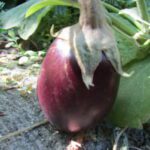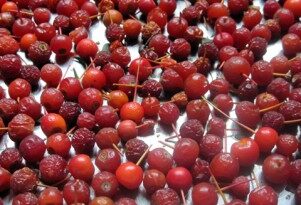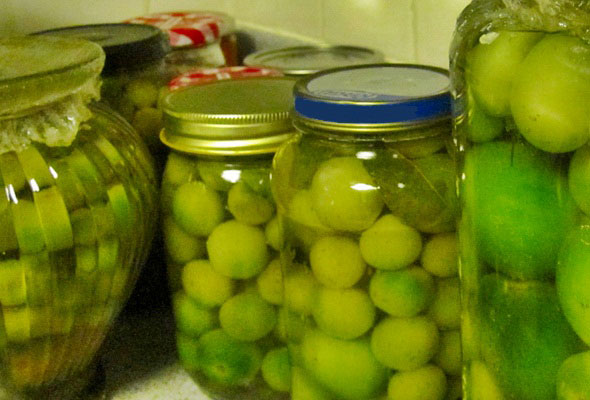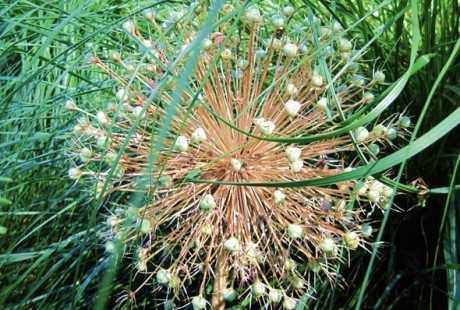herbs for clay soils
I know gardening wisdom says that most herbs thrive in poor soils, category that always includes clay for some reason, but in my experience that is not true. Many ‘poor soil’ herbs can’t be bothered to last a whole season in clay, not to mention come back the following year. For instance, throughout a whole decade of gardening I haven’t managed to keep thyme alive long enough to witness the end of summer.
Chamomile lasts even less.
I’ll make a list of plants that thrive in clay with very little effort, sometimes to the point of becoming invasive.
Wormwood. It’s technically not an herb, at least not as far as its use is concerned nowadays, but it will grow gigantic in tough clay with no maintenance at all.
Yarrow. As long as the weather errs on the dry side, it will shine and bloom profusely.
Sage. It requires regular pruning to keep it from growing out of control.
Lemon balm. A strange plant for the dry and sunny border, given its delicate foliage. Its clump grows big and the plant spreads easily, it can become invasive. It stays green during mild winters.
Lavender. Hard to start, but once established, the shrub will be very long lived and maintenance free.
Calendula. The mature plants tolerate drought very well and bloom abundantly through the fall, way into November and after the first frost.
Chives. They live for years and have pretty blooms to boot.
Hyssop. Both the old fashioned and the licorice varieties love clay and it shows. Licorice hyssop is a welcome addition to the late summer garden, with its fuzzy, strongly scented flowers.
Saint John’s Wort. It grows slowly but adapts well to its site and is very long lived.
Valerian. Reluctantly.
In shade and part shade, cilantro, dill and lovage perform well, marjoram and basil, not so much.
I can’t speak of rosemary, which I’m always growing in a container, and the mint cares more about the weather than it does about the soil, because it needs moisture.




 Previous Post
Previous Post Next Post
Next Post




